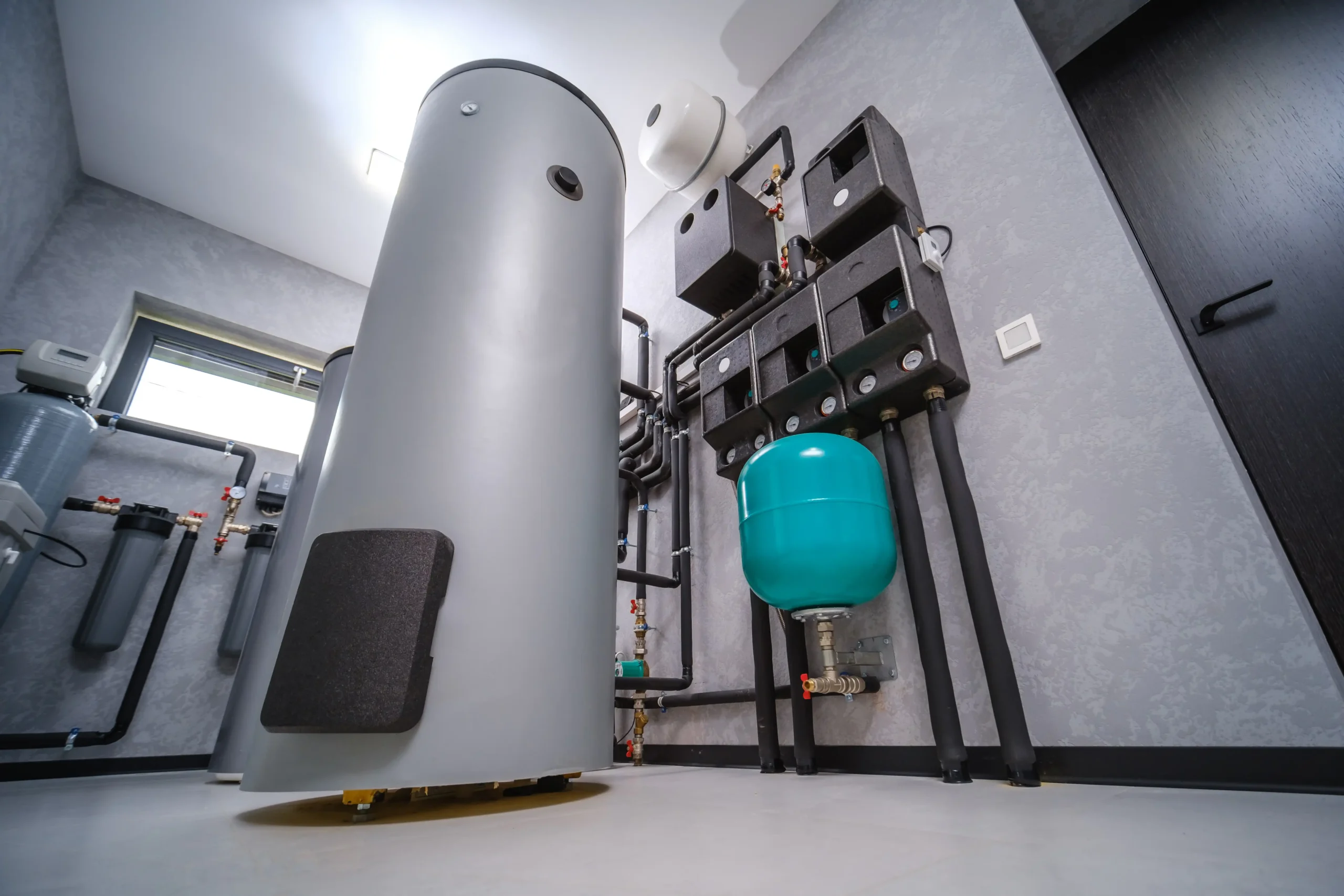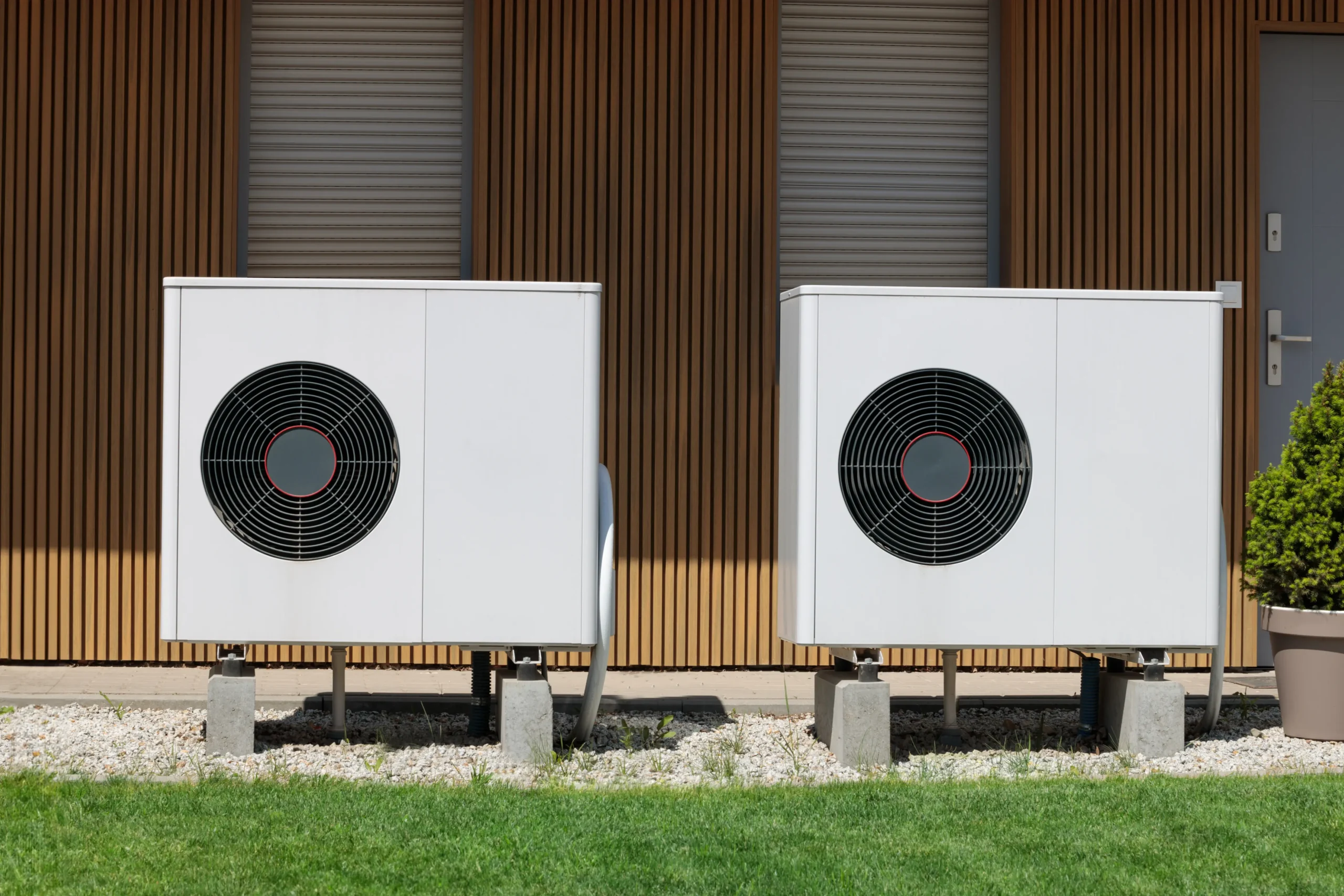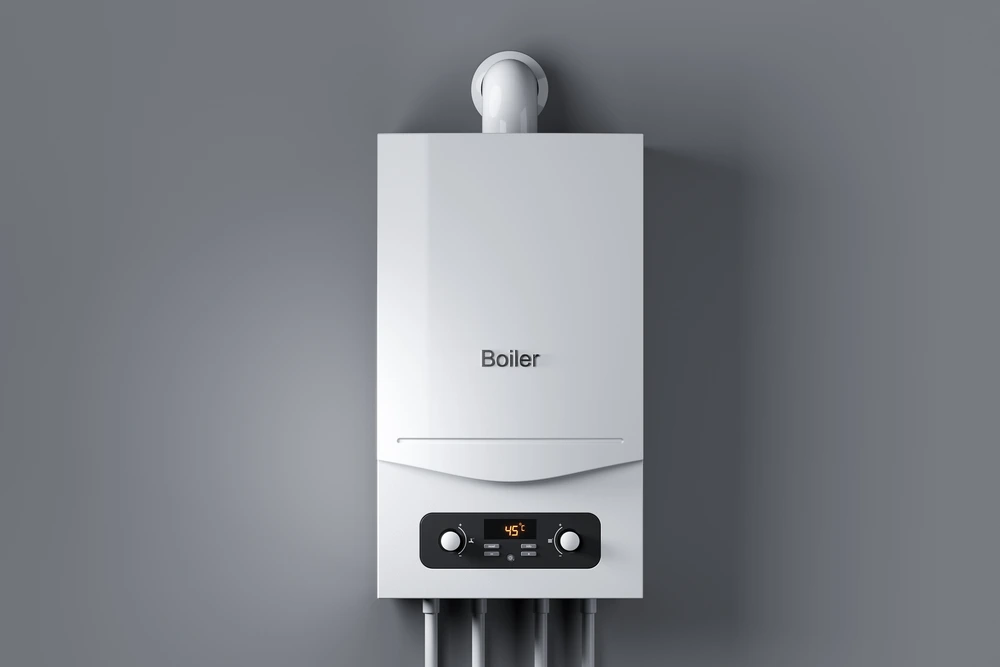Is your boiler showing signs of distress? As the heart of your home’s heating system, a failing boiler can lead to discomfort, increased energy bills, and even dangerous situations. Understanding when it’s time for a boiler replacement can save you money and ensure your family’s safety and comfort.
An old, inefficient boiler showing signs of rust and water leakage – clear indicators it’s time for replacement.
In this comprehensive guide, we’ll explore the ten critical warning signs that indicate it’s time to consider a boiler replacement or look into a boiler grant to help with the costs.
1. Your Boiler is Getting Old
One of the most reliable indicators that you need to consider boiler replacement is simply the age of your unit. Most modern boilers are designed to last between 10-15 years, even with regular maintenance.
If your boiler has been faithfully serving your home for more than a decade, it’s likely operating at reduced efficiency compared to newer models. The Department of Energy recommends considering replacement with a more efficient model after 15 years, even if your boiler appears to be working adequately.
Older boilers not only consume more energy but also pose greater risks of breakdown and malfunction, often at the most inconvenient times. Planning a replacement before complete failure occurs can save you from emergency installation costs and unexpected periods without heating.
2. Unusual Noises Coming From Your Boiler
Boilers typically operate quietly in the background. If you start hearing strange sounds like banging, whistling, gurgling, or clunking, your boiler is trying to tell you something’s wrong.
These noises often indicate issues such as:
- Kettling: A sound similar to a kettle boiling, caused by limescale buildup in the heat exchanger.
- Gurgling: Often indicates trapped air in the system or potential leaks
- Banging or clunking: Could signal problems with the pump or fan
While some noise issues can be resolved with repairs, persistent or worsening sounds, especially in older units, suggest it might be more economical to invest in boiler replacement rather than continuing with costly fixes. You can read this issue in more detail here.
3. Your Energy Bills Are Increasing
Have you noticed a steady climb in your heating bills despite similar usage patterns? This is a clear sign your boiler is losing efficiency.
As boilers age, they naturally become less efficient, requiring more fuel to produce the same amount of heat. Modern A-rated boilers operate at over 90% efficiency, while older models might be operating at 70% efficiency or less.
This efficiency gap means that for every £1 spent on heating with an older boiler, up to 30p is wasted on lost energy. Upgrading to a new, energy-efficient boiler could save you up to £365 per year on your heating bills, making boiler replacement a sound financial decision in the long run.
4. Frequent Breakdowns and Repairs
If your boiler repair engineer is becoming a regular visitor to your home, it’s a strong indication that boiler replacement should be on your radar.
Constantly paying for replacement parts and emergency call-outs can quickly add up, often exceeding the cost of a new boiler over time. When repair costs start approaching 50% of the price of a new unit, most experts recommend opting for replacement instead.
Consider the frequency of breakdowns as well as the cost. Multiple failures within a short period suggest that components are wearing out across the system, and more problems are likely on the horizon.
5. Yellow Flame Instead of Blue
A healthy gas boiler should display a strong, blue flame, indicating efficient combustion. If you notice your boiler flame has turned yellow or orange, this is a serious warning sign that requires immediate attention.
A yellow flame indicates incomplete combustion, which can lead to the production of carbon monoxide – a colorless, odorless gas that can be fatal. This color change happens because there isn’t enough oxygen for complete combustion, resulting in the production of carbon monoxide instead of carbon dioxide.
Other signs that might accompany a yellow flame include:
- Soot or black marks around the boiler
- Excessive condensation on windows
- Pilot light that frequently blows out
If you notice a yellow flame, turn off your boiler immediately and call a Gas Safe registered engineer. This situation is one of boiler replacement signs.
6. Water Leaks Around Your Boiler
Water pooling around your boiler or visible leaks are never normal and always require attention. Leaks can occur for various reasons, including:
- Broken internal components
- Corroded pipes or tanks
- Pressure valve issues
- Damaged seals or pumps
While some leaks can be repaired, they often indicate more serious underlying issues, especially in older boilers. Water leaks can damage your home and may lead to electrical problems if water comes into contact with wiring.
Additionally, leaks in the boiler system can cause pressure drops, making your heating system less efficient and potentially causing further damage to components. If your boiler is already aging, persistent leaks are a strong indicator that boiler replacement is the most sensible option.
7. Inconsistent Heating or Hot Water
Is your home experiencing cold spots despite the heating being on? Or perhaps your hot water supply is unreliable, alternating between hot and cold?
Inconsistent heating performance is a common sign of a boiler that’s struggling to meet your home’s demands. This could be due to:
- Pump failures affecting circulation
- Valve issues disrupting water flow
- Thermostat malfunctions
- Sludge buildup in the system
When your boiler can no longer reliably heat your home or provide consistent hot water, it’s not just an inconvenience – it’s a sign that the system is failing. If these issues persist despite repairs, then it is one of the boiler replacement signs for reliable performance and peace of mind.
8. Visible Corrosion or Rust
Spotting rust or corrosion on your boiler is a serious warning sign that shouldn’t be ignored. Corrosion typically occurs when water and metal components interact over time, especially in the presence of oxygen.
External rust often indicates that internal components may also be corroded, which can lead to:
- System inefficiency
- Water leaks
- Component failures
- Potential safety hazards
Most modern boilers are designed to resist corrosion, but this protection diminishes with age. If you notice rust forming on your boiler’s exterior, it’s advisable to have a professional inspection to determine the extent of the damage and whether boiler replacement is necessary.
9. Your Boiler is Not Energy Efficient
Boiler efficiency ratings in the UK range from A to G, with A-rated boilers operating at 90% efficiency or higher. If your boiler isn’t A-rated, you’re likely wasting money on energy costs.
Older G-rated boilers operate at less than 70% efficiency, meaning nearly a third of your heating costs are being wasted. With rising energy prices, an inefficient boiler becomes increasingly expensive to operate.
A modern, energy-efficient A-rated condensing boiler – the ideal replacement option for improved heating performance and energy savings
Modern condensing boilers are significantly more efficient because they capture and reuse heat that would otherwise be lost through the flue. Upgrading to an A-rated condensing boiler not only reduces your carbon footprint but can also qualify you for boiler grants designed to promote energy efficiency.
10. Carbon Monoxide Detector Alerts
Perhaps the most critical warning sign is when your carbon monoxide detector activates. Carbon monoxide is produced when fuel doesn’t burn completely, which can happen in malfunctioning boilers.
This colorless, odorless gas is extremely dangerous and can be fatal. If your carbon monoxide detector sounds an alarm:
- Open all windows and doors immediately
- Turn off your boiler
- Evacuate your home
- Call the National Gas Emergency line on 0800 111 999
- Seek medical attention if anyone shows symptoms of carbon monoxide poisoning
A boiler that’s producing carbon monoxide is unsafe and typically requires replacement, especially if it’s an older model.
Financial Considerations: Repair vs. Replacement
When deciding between repairing your current boiler or investing in boiler replacement, consider these financial factors:
- If repair costs exceed 50% of a new boiler’s price, replacement is usually more economical
- New boilers typically cost between £1,000 and £4,500 including installation, depending on the type and your location
- Annual savings from an efficient new boiler can reach up to £365 on energy bills
- Boiler grants may be available to help offset replacement costs, particularly for low-income households or energy efficiency upgrades
The Boiler Upgrade Scheme (BUS) provides grants of up to £7,500 for replacing fossil fuel heating systems with more efficient alternatives like heat pumps. Eligibility depends on factors such as your property type, existing heating system, and whether you’re receiving certain benefits. Check your eligibility now.

Conclusion:
Recognizing these boiler replacement signs early can help you plan for boiler replacement before you’re left without heating in the middle of winter. Regular boiler maintenance can extend your system’s life, but eventually, all boilers will need replacement.
When that time comes, investing in a modern, energy-efficient boiler will provide reliable heating, lower energy bills, and greater peace of mind. If cost is a concern, investigate whether you qualify for a boiler grant through schemes like the Boiler Upgrade Scheme or ECO4.
Remember that boiler replacement isn’t just about comfort – it’s also about safety, efficiency, and long-term savings. By recognizing these warning signs and taking proactive steps, you can ensure your home remains warm, safe, and energy-efficient for years to come.








